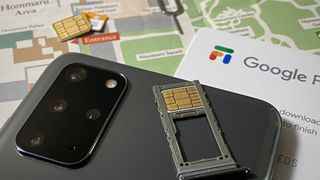
(Image credit: Samuel Contreras / Android Central)
If you are an Android enthusiast, then you probably know something about Google Fi. But maybe you were turned off by its limitations in the past. You may be more interested in Google Fi now that you can access it from any unlocked smartphone. We’re going to give you a high level view of Google’s carrier — what it is, how it compares to other carriers and maybe some reasons why you might want to try it.

Perfect to Android
Thinking of your phone carrier can be frustrating. But Google Fi is a fantastic app that offers network switching and great apps. Google Fi reduces overages, and makes international travel easy. It is the ideal balance for average data users.
What is Google Fi and how does it work?
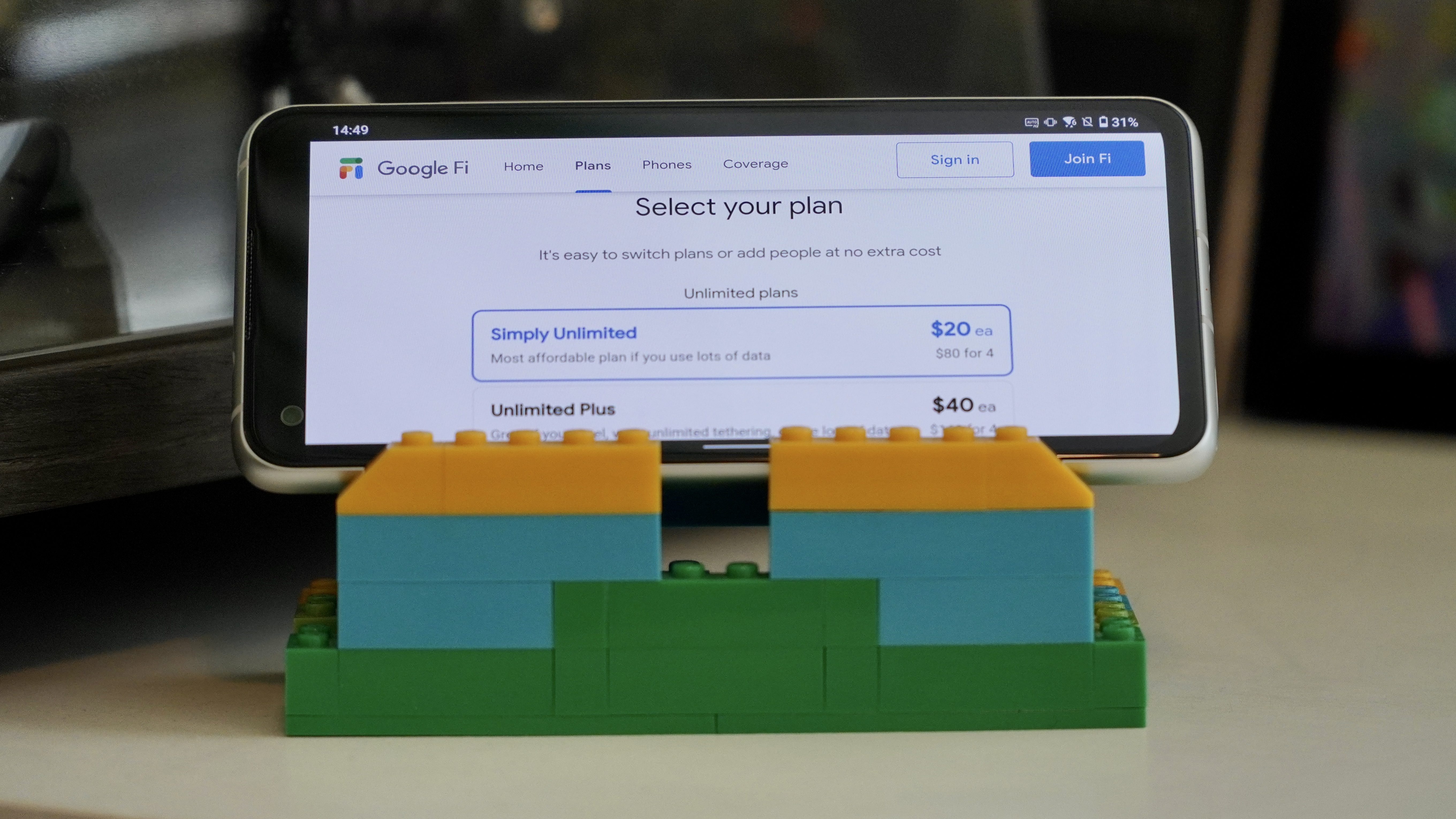
(Image credit: Samuel Contreras)
At the highest level, Google Fi is a cell phone carrier operated by Google. It offers data service on both T-Mobile and U.S Cellular networks in the U.S. It uses Wi-Fi to send and receive texts, as well as making calls.
What are Google Fi’s plans and pricing?
Google Fi offers two unlimited plans as well as a flexible plan. With the Flexible plan, you start with unlimited talk and text for $20 per month for one line. After that, you only get charged for the data you use at a rate of $10 per 1GB. Once you’ve used 6GB of data in a month, your data charge is capped at $60 for the rest of the month, but you continue to get data service.
So you can use as much data as you want for the month without paying over $80 total ($20 base + $60 data). The only caveat here is that once you hit 15GB of total data usage, your speeds are slowed to 256kbps. Alternatively, at the 15GB point, you can choose to start paying $10 per GB again for full-speed data if needed.
If you know you will be using more than 15GB regularly, you can go with the Simply Unlimited plan starting at $50 per month with one line. You don’t pay per gig on this plan, but your speeds will be slowed at 35GB of usage. This plan does not offer international travel benefits or a data SIM option, unlike Fi’s other plans. However, you do get 5GB mobile hotspot data.
If you want everything, the Unlimited Plus plan starts at $65 per month and comes with a massive 50GB of high-speed data with the travel benefits of the Flexible plan. You also get unlimited hotspot access and the option to receive a data SIM for free. This plan also comes with free calls to more than 50 countries and 100GB of cloud storage with Google One. You can save money if you have multiple lines. The cost per line for the unlimited plan will go down with each additional line (upto four or five with the flexible plan). For example, six lines can be added to your unlimited plan, but the cost per line is the same as four. You can also add a data-only SIM free of charge, which allows you to share your data with other devices without creating a hotspot.
Swipe to scroll horizontally
LinesUnlimited PlusSimply UnlimitedFlexible1 line$65 per line ($65)$50 per line ($50)$20 per line (Minimum bill $10)$10 per GB, Protection at 6GB (Maximum bill $80)2 lines$55 per line ($110)$40 per line ($80)$18 per line (Minimum bill $35)$10 per GB, Protection at 10GB (Maximum bill $135)3 lines$45 per line ($135)$25 per line ($75)$17 per line (Minimum bill $50)$10 per GB, Protection at 12GB (Maximum bill $170)4 lines$40 per line ($160)$20 per line ($80)$17 per line (Minimum bill $65)$10 per GB, Protection at 14GB (Maximum bill $205)5 lines$40 per line ($200)$20 per line ($100)$16 per line (Minimum bill $80)$10 per GB, Protection at 16GB (Maximum bill $240)6 lines$40 per line ($240)$20 per line ($120)$16 per line (Minimum bill $95)$10 per GB, Protection at 18GB (Maximum bill $275)Are there Google Fi deals?

(Image credit: Google)
Absolutely! You should check out tons of Google Fi deals, and many more are expected to be added as the holidays approach. These deals are only available for new customers who transfer their numbers to Google Fi. However, they provide an easy way to save money without the need to trade in your old device or sign on to a prohibitively expensive wireless plan. If you have an older device that you would like to trade in, these deals can be combined with trade-in credit. Below are a few of the deals we’ve shared, but you can also visit Google Fi’s official website for more information.
Does Google Fi allow international usage?
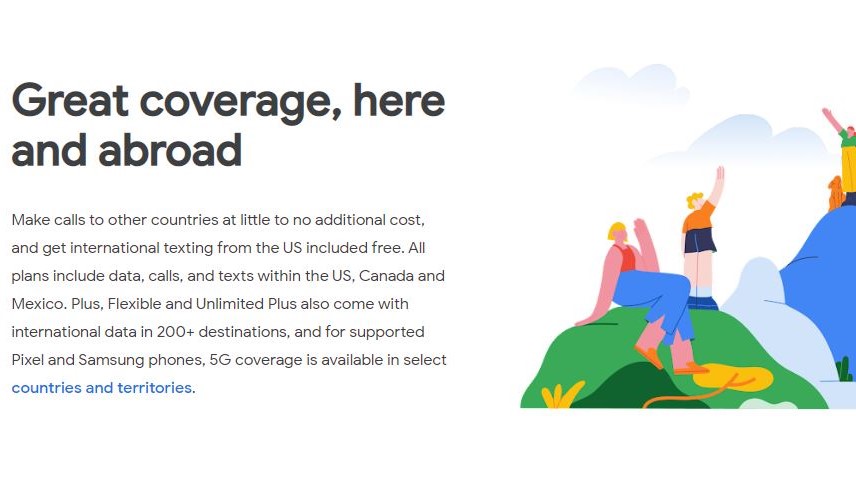
(Image credit: Google)
Google Fi Flexible and Unlimited Plus work internationally in over 200 countries with no additional cost for data use or texting, which is one of its biggest differentiators from other carriers. Calls can be made at $0. 20/min to any number while on the cellular networks abroad or pay much lower rates when calling on Wi-Fi. Wi-Fi calls to the U.S. are also free. Depending on your plan, data used abroad is charged in the same manner as at home.
The only problem is that speeds may vary depending on where you are located. This is normal. We have found that LTE speeds are available in many countries across Europe and Asia. There is a slight lag when the phone switches between roaming partners.
What phones are best for Google Fi?

(Image credit: Alex Dobie / Android Central)
If you have a phone that is Designed for Fi, then you will be able to access the entire Google Fi network. Your phone will automatically switch between T-Mobile towers and U.S. Cellular towers when you activate it with the Google Fi App. It will feel like you are using one network.
For the most part, Design for Fi phones include the Google Pixel series and a handful of Samsung Galaxy phones, including the S22 series. Your phone will not be able receive service on T-Mobile’s network if it isn’t listed on the Designed for Fi List. However, this will still work for many. Both Designed for Fi phones and compatible with Fi phones support 5G, which means you will have access to T-Mobile’s huge 5G coverage if the phone supports T-Mobile’s 5G bands. You get two mobile networks plus Wi-Fi and a VPN with one SIM.
Instead of the traditional mobile networks, Google Fi relies heavily on Wi-Fi wherever possible. Your phone uses the “WiFi assistant” to search for open Wi-Fi networks and connect using a list of networks that are reliable. Your phone will connect to Wi-Fi through a VPN. This ensures your safety and your phone will not experience any other issues.
Calls, texts and calls work on Wi-Fi the same way as when you are on mobile data. You can also continue your call even if your phone switches networks.
Google Fi also offers many of the same features that made Google Voice so popular over the years. You can make and receive phone calls from your Fi number to any other phone, view voicemail, make calls, send texts, and forward calls to that number from any device with Google Messages.
Which Fi phones are designed for?
Why Android Central can be trusted
Our experts spend hours comparing and testing products and services to help you choose the best. Learn more about our testing process.
Google approved phones provide the best experience. However, Fi works well with unlocked phones.
You get an exceptional experience with Google Fi on Google Pixel phones. These phones come with an eSIM that is pre-programmed to Fi. You can create an account and connect directly to the network without needing a SIM card.
Then there are other phones “designed for Fi” you can buy to get the same experience, such as the Google Pixel 7 or Samsung Galaxy S22 series. If they are popular enough, other phones will likely join the list.
Designed for Fi phones can seamlessly switch between Fi’s network partners T-Mobile USA and UScellular. They can also make smooth transitions between Wi-Fi hotspots or mobile networks with a Google VPN service.
All Android phones that aren’t specifically designed for Fi should be compatible with Google Fi.
Which smartphones are compatible with Fi
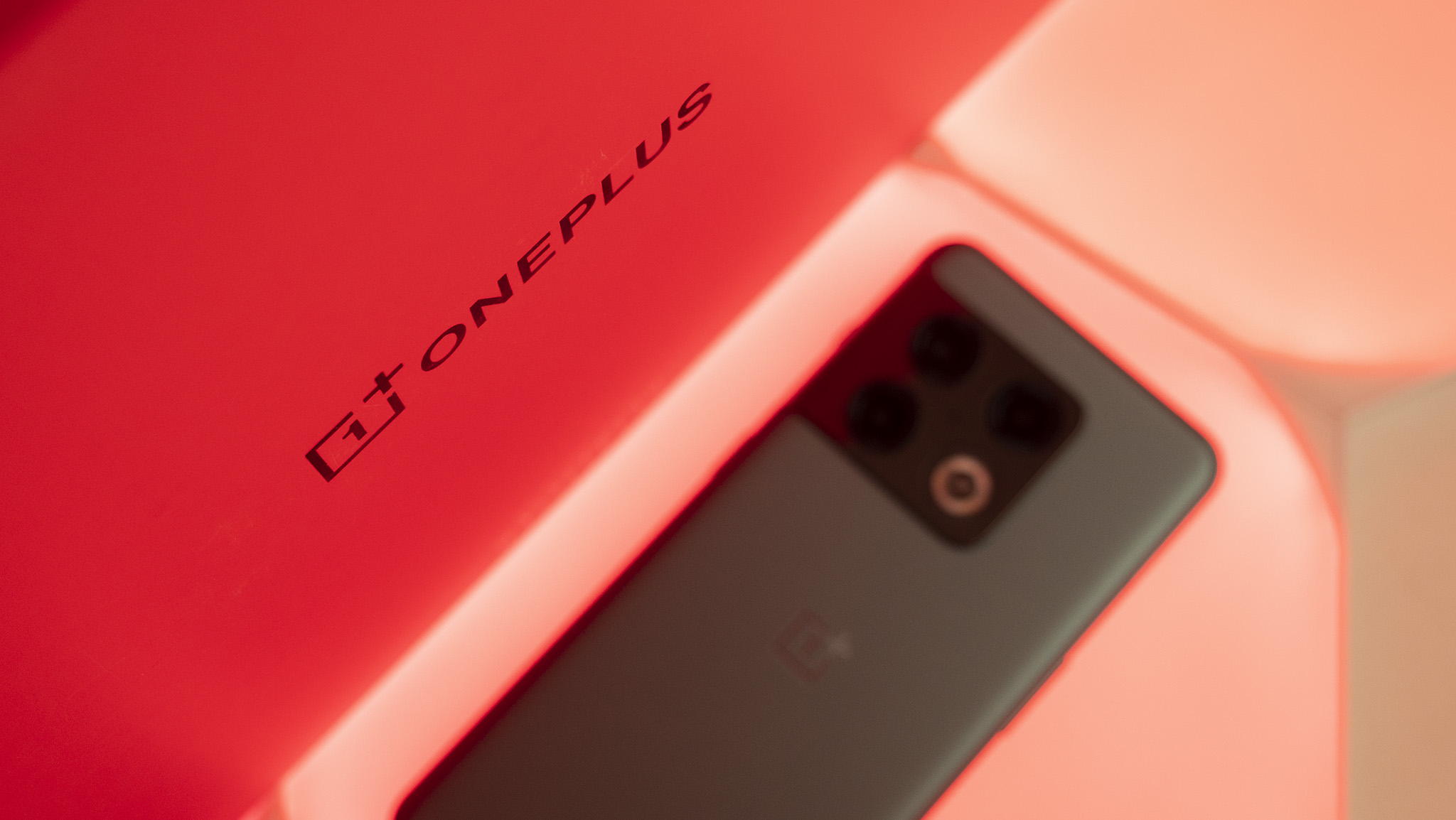
(Image credit: Nicholas Sutrich / Android Central)
Google Fi now works with any unlocked phone — with some limitations. Unlocked phones cannot take advantage Fi’s network switching. You’ll use the T-Mobile network most of the time and not have Fi’s 24/7 VPN option. You still get international roaming and all the other features such as the Fi app and simple billing. This unlocked support is available for iPhones as well, which is a huge step forward for Fi. Google Fi supports iMessage with your Fi number.
Keep in mind that T-Mobile has been integrating Sprint towers into its network so that even phones not designed for Fi can get the majority Google Fi’s coverage. US Cellular offers great coverage in certain areas, but the majority of us will be able get by with T-Mobile’s coverage.
Android phones that support 5G will also have access to Google Fi 5G. Though iPhones, even the newest iPhone 13 series, won’t get 5G access on Google Fi. This update does not include 5G access.
Does Google Fi offer 5G?
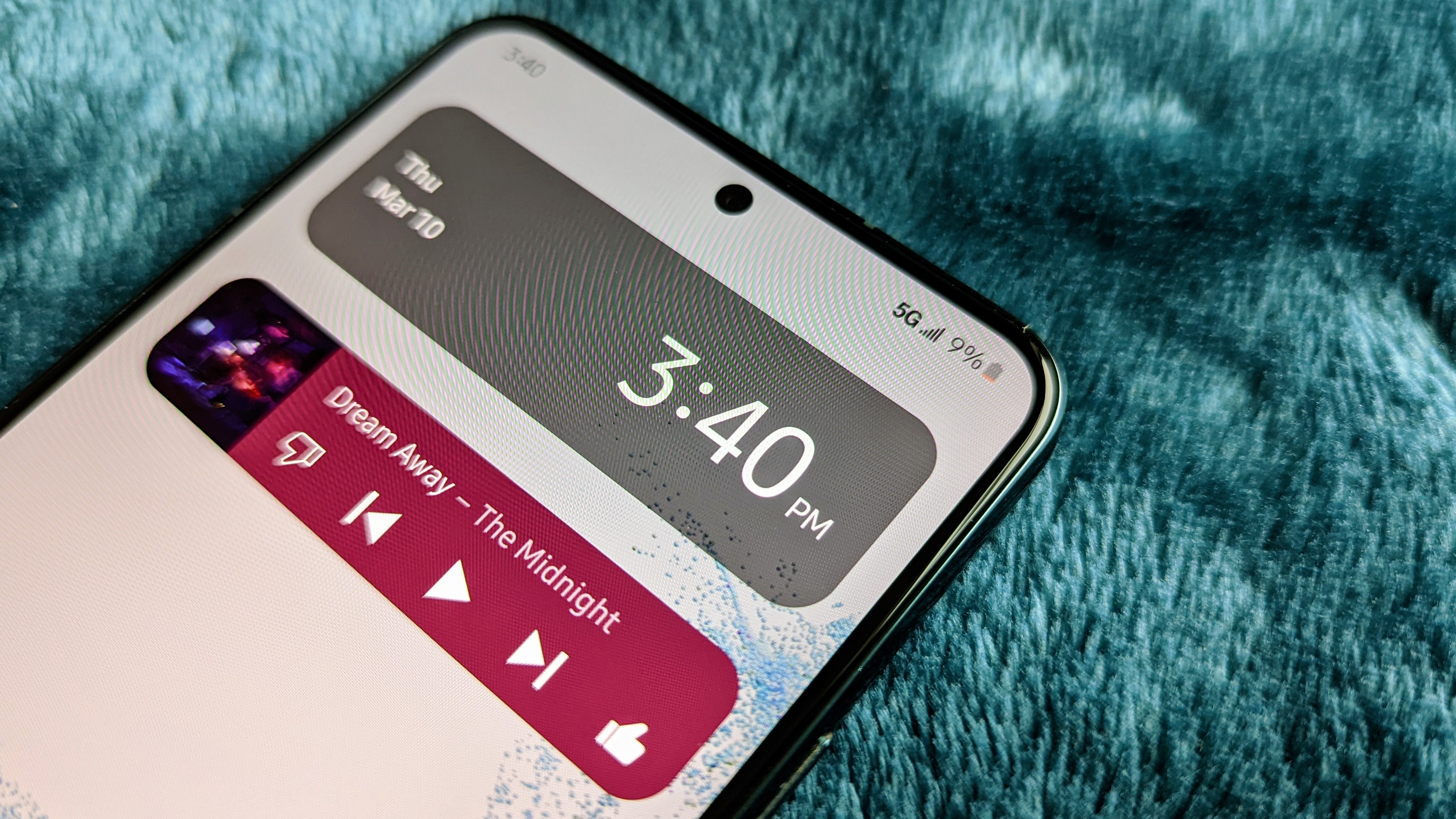
(Image credit: Derrek Lee / Android Central)
Google Fi now supports 5G on its Designed for Fi phones as well as Compatible with Fi phones that support T-Mobile’s 5G network. This means your phone will need to support band n71 and n41 for the best possible 5G connection on T-Mobile’s network.
The Google Pixel 6 series and Pixel 7 series are both compatible with Fi 5G phones. There are also several unlocked Samsung models. In addition, Samsung’s Galaxy S21and S22 series, Galaxy Z Flip 4, and Z Fold 4 phones will work with Google Fi’s complete network. You will also have access to all three networks’ LTE coverage.
How you finance a phone using Google Fi
As long as your credit score is good, you can buy a new phone and then pay monthly installments. There’s no down payment required and no interest; the cost of the phone of your choice is just spread out over 24 months. You can pay the balance at any moment, but you will have to pay the full cost of the phone if you leave Google Fi. You have 30 days to activate Google Fi service from when you buy your phone. If your Google Fi service isn’t active within 30 days, Google will charge you the full amount for the phone. What if I need Google Fi Support? What happens if my Google Fi phone isn’t working?
Talking to tech support is not something we enjoy doing. And being sold accessories or upgrades in a store doesn’t make it more enjoyable. Google Fi is your best option if you have any questions. This could be the best carrier app that you have ever used. You can download the Google Fi app for Android or iOS and get access to 24/7 phone, chat, or email support. If your phone has problems, or you want to chat on a device that uses a keyboard, you can access Google Fi’s support site for the same options.
I just need to see how much Google Fi usage is.
The same app and support sites are great for showing you what your usage is in real time and how much it will be. You will always be informed by the widget on Android about how much data you use. To see the information, you will need to open the iOS app. However, a data warning can also be set to notify you when your data usage is high. These tools will ensure that your bill is never surprising.
How do I cancel Google Fi service?
Very simply. You can access the Google Fi website by clicking on
Click on the Account tab. Click or tap Manage Plan under Your Plan. Click Cancel service.
If you are switching to another carrier, and wish to keep your number you will need to set up the new plan before you can transfer it.
Can my Google Fi phone be used with another carrier?
As long as it works with the particular carrier (which it most likely will), then yup. Google clearly states that your phone does not need to be connected to Google Fi.
Switching from Google Fi If you are comfortable with switching carriers and porting you phone number, there are no other hurdles. Google Fi is available to almost any unlocked phone. Google Fi is easy to sign up online. You can buy a phone and get discounts or incentives, or you can send a SIM card to your current phone. You can also use the eSIM to get your Pixel up and running quickly. )
TMobile purchased Sprint. What does this mean for Google Fi?
On April 1st 2020, T-Mobile purchased Sprint. This brought the two networks under T-Mobile’s ownership. T-Mobile has unites the two networks and is moving Sprint customers to its T-Mobile network. Google Fi customers won’t notice any significant changes in service quality. However, some rural customers might see some positive changes.
Compatibility with T-Mobile infrastructure is likely to continue into the future. Unlocked phones that support T-Mobile 5G will still be able use Google Fi 5G. T-Mobile stated that it will continue supporting MVNOs and is unlikely to change anytime soon.
TeMobile is also closing down Sprint’s 3G network and its own to make way for 5G. The shutdown will occur in the middle -2022,, but most users won’t notice any difference in coverage. LTE is supported by the vast majority of smartphones sold over the past few years and they will continue to work with Google Fi.
Google Fiber: Should you Buy?
Google Fi is a great choice because of its many cool features, including simplified billing and Bill Protection, which caps your monthly charges, seamless international data calling and enhanced network coverage thanks to the use of three Wi-Fi networks and carriers. Each one will offer a different draw, but it’s an attractive package.
Google Fi isn’t significantly cheaper than other carriers, but it’s still a great choice for those with limited data and specific features. Before you decide which carrier is best, do your research on pricing.

Network switching, and a VPN
Google Fi’s smartphone-first plan design makes it easy for you to choose and manage the plan that suits your needs. Fi offers a variety of plans that will help you save, no matter how much data you use or how few gigs you have.
When Samuel is not writing about networking or 5G at Android Central, he spends most of his time researching computer components and obsessing over what CPU goes into the ultimate Windows 98 computer. It’s the Pentium 3.